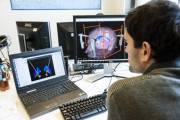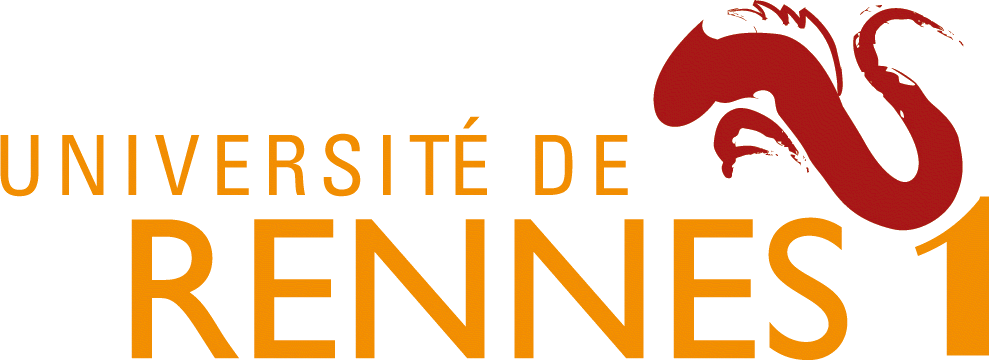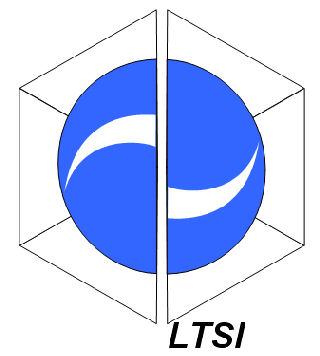News
Members
Publications
Software / Data
Job offers
Images / Videos
Collaborations
Conferences
Lab meetings: "Les partages de midi"
Practical information
Members Area
Next conferences we are in …





This shows you the differences between two versions of the page.
| Both sides previous revision Previous revision Next revision | Previous revision | ||
|
activities:theme2:projects:asl [2010/11/19 17:03] ebannier |
— (current) | ||
|---|---|---|---|
| Line 1: | Line 1: | ||
| - | <html> <div class="pageTitle"> Arterial Spin Labelling </div></html> | ||
| - | ====== Members ====== | ||
| - | |||
| - | * [[members:christian.barillot:index|Christian Barillot]] - Leader | ||
| - | * [[members:jan.petr:index|Jan Petr]] - Post-doctoral Fellow | ||
| - | * [[:members:jean-christophe.ferre:index| Jean-Christophe Ferré]] - Medical expert | ||
| - | * [[:members:elise.bannier:index| Elise Bannier]] - Research engineer | ||
| - | * Hélène Raoult - Medical expert | ||
| - | * [[:members:camille.maumet:index| Camille Maumet]] - PhD student | ||
| - | * [[:members:jean-yves.gauvrit:index| Jean-Yves Gauvrit]] - Medical expert | ||
| - | * [[:members:pierre.maurel:index| Pierre Maurel]] - Research scientist | ||
| - | * [[:members:isabelle.corouge:index| Isabelle Corouge]] - Research engineer | ||
| - | |||
| - | ====== Description ====== | ||
| - | |||
| - | Arterial spin labeling (ASL) is a novel MRI sequence that allows non invasive imaging and quantification of brain perfusion by magnetically labeling blood in the brain-feeding arteries. The purpose of the project is to study and assess optimal parameters of the sequence, test the possibilities for clinical application of ASL and functional ASL, as well as propose novel methods of image processing of the ASL images. Several projects concerning ASL are listed below. | ||
| - | |||
| - | ====== Introduction to ASL ====== | ||
| - | |||
| - | ASL is an MRI sequence that allows imaging and quantification of cerebral blood perfusion without the means of injecting contrast agent. The principle lies in magnetically labeling of spins in brain feeding arteries. These spins traverse the vascular system and arrives to the area of interest in brain. A standard EPI acquisition is done shortly following the labeling (inversion time TI). The labeled spins contribute to the signal in the obtained slice. Since the contribution of the labeled spins is around 1-2% of the EPI image magnitude a control image (without prior labeling) has to be obtained to be able to extract the perfusion. The control/label difference image is perfusion weighted and with the knowledge of the tissue relaxation times we are able to obtain the quantify the cerebral blood perfusion (CBF). In order to obtain sufficient signal-to-noise ratio usually 20-40 control/label image needs to be acquired consecutively prolonging the average acquisition time of a standard 3mm x 3mm x 7mm ASL scan approximately 3 minutes. | ||
| - | |||
| - | {{ :activities:theme2:projects:asl_intro1.png?650 }} | ||
| - | {{ :activities:theme2:projects:asl_intro2.png?650 }} | ||
| - | |||
| - | ====== Sequence parameters ====== | ||
| - | We performed two studies in order to select the optimal imaging parameters for our ASL sequences on a set of healthy volunteers. | ||
| - | |||
| - | In the first one, we studied the influence of the inversion time on the quality of ASL images, the number and severity of the EPI and vascular artifacts and amount of noise in the images. | ||
| - | |||
| - | In the second study, we performed qualitative and quantitative analysis of the quality of ASL images for different receiver coils, parallel imaging techniques and acceleration factors. | ||
| - | |||
| - | ====== functional ASL and comparison with BOLD ====== | ||
| - | |||
| - | Recently proposed for activation-functional imaging (fASL), this technique is potentially a more direct biomarker of neuronal activity than the standard BOLD fMRI. Indeed, fASL allows direct and absolute quantification of activation-related cerebral blood flow (CBF) variations at capillary scale, whereas BOLD signal is multi-factorial, resulting from simultaneous variations of CBF, cerebral blood volume and cerebral oxygen consumption. | ||
| - | |||
| - | We are studying the difference of functional ASL and BOLD methods on healthy volunteers. | ||
| - | |||
| - | {{ :activities:theme2:projects:asl_fasl_bold.png?650 }} | ||
| - | |||
| - | ====== Methods for denoising ASL data ====== | ||
| - | We have developed two methods for denoising the ASL data: | ||
| - | |||
| - | * Using the temporal version of the NL-means algorithm | ||
| - | |||
| - | {{ :activities:theme2:projects:asl_nlmeans_results.png?400 }} | ||
| - | |||
| - | * By correcting for the partial volume effects and smoothing the partial volume unaffected maps of gray matter and white matter perfusion. The partial volume ratios of GM and WM were extracted using the segmentation of the co-registered isotropic millimetric 3D T1. | ||
| - | | ||
| - | {{ :activities:theme2:projects:asl_pve_fil_results.png?400 }} | ||
| - | |||
| - | ====== Construction and evaluation of perfusion template ====== | ||
| - | We have constructed a perfusion template with ASL images of healthy volunteers using the normalization to the MNI template. | ||
| - | |||
| - | {{ :activities:theme2:projects:asl_template.png?400 }} | ||
| - | |||
| - | ====== Clinical projects ====== | ||
| - | Currently, we are working on several clinical projects involving application of ASL on patients with multiple sclerosis or psychiatric disorders. | ||


